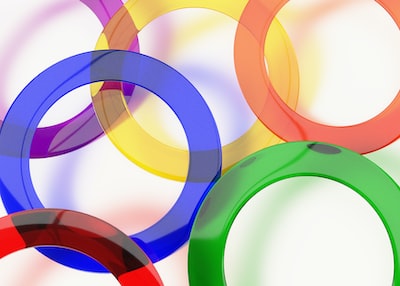
Optimizing Images and Graphics for PowerPoint - Best Practices for Image and Graphic Usage
When it comes to creating engaging and impactful PowerPoint presentations, the use of high-quality images and graphics is crucial. However, simply adding images and graphics to your slides is not enough. It's equally important to optimize these visual elements to ensure they enhance your presentation rather than detracting from it. In this blog post, we will discuss the best practices for optimizing images and graphics for PowerPoint presentations.
1. Choose the Right Image Format
Using the right image format can significantly affect the quality of your images in PowerPoint. The two most common image formats are JPEG and PNG. JPEG is ideal for photographs and complex images, as it compresses the file size without compromising quality. On the other hand, PNG is best suited for simple graphics with transparent backgrounds. By choosing the appropriate image format, you can maintain the visual integrity of your images and reduce file sizes.
2. Compress Images for File Size
Large image file sizes can slow down your PowerPoint presentation and make it difficult to share or upload online. To address this issue, it's important to compress your images without sacrificing quality. PowerPoint has a built-in image compression feature that allows you to reduce file size while maintaining image resolution. Simply select the image, go to the Picture Format tab, and choose Compress Pictures. Experiment with different compression options to find the right balance between file size and image quality.
3. Optimize Graphics for Scaling
Graphics, such as icons or logos, are often used to enhance the visual appeal of PowerPoint slides. However, if these graphics are not optimized for scaling, resizing them can result in distortion or pixelation. To avoid this, use vector-based graphics whenever possible. Vector graphics can be scaled up or down without compromising quality, as they are based on mathematical equations rather than pixels. Programs like Adobe Illustrator or Canva allow you to create and export vector graphics for your PowerPoint presentations.
4. Consider Image Placement and Alignment
The placement and alignment of images and graphics in your PowerPoint slides can greatly impact the overall aesthetics of your presentation. It's important to ensure that your images are aligned properly and placed in a way that enhances the content rather than distracting from it. Take advantage of PowerPoint's alignment and grid tools to achieve a clean and professional look. Consider using the Rule of Thirds, a visual composition principle, to guide the placement and alignment of your images.
5. Use Alt Text for Accessibility
Accessibility is an important consideration when creating PowerPoint presentations. Adding alternative text (alt text) to images and graphics ensures that people with visual impairments can still understand the content of your slides. Alt text should be concise and descriptive, providing a brief explanation of the image or graphic. PowerPoint allows you to add alt text by right-clicking on an image and selecting Format Picture. Under the Alt Text tab, you can enter a meaningful description.
In conclusion, optimizing images and graphics for PowerPoint presentations is essential to create visually appealing and impactful slides. By choosing the right image format, compressing images for file size, optimizing graphics for scaling, considering image placement and alignment, and using alt text for accessibility, you can enhance the overall quality and effectiveness of your presentations. Remember, visuals play a crucial role in engaging your audience, so make sure to invest time and effort into optimizing your images and graphics for PowerPoint.
With the advancements in AI technology, you can now even create slides with AI. Tools like ChatGPT allow you to generate PowerPoint slides automatically, saving you time and effort. So, why not make use of the PowerPoint generator AI to create stunning presentations? Give it a try and unleash your creativity!
Posted on: Sept. 20, 2023, 8:06 p.m.